GOING MY WAY (1944)
When young Father O'Malley arrives at St. Dominic's, old Father Fitzgibbon doesn't think much of the church's newest member.

When young Father O'Malley arrives at St. Dominic's, old Father Fitzgibbon doesn't think much of the church's newest member.


1944 was a terrific year for cinema. Billy Wilder released his first masterpiece: the neo-noir thriller Double Indemnity (1944), a dark and brooding tale of murder, lust, and betrayal. Howard Hawks also delivered the excellent To Have and Have Not (1944), an adaptation of the novel by his good friend Ernest Hemingway. Otto Preminger directed the criminally underrated Laura (1944), while Vincent Minnelli helmed the superb musical drama Meet Me in St. Louis (1944).
Despite the iconic status these films now hold, none of them won the Academy Award for ‘Best Picture’. That prestigious accolade went to Leo McCarey’s heartwarming tale Going My Way. The narrative follows a young priest, Father Chuck O’Malley (Bing Crosby), who’s assigned to a parish currently led by Father Fitzgibbon (Barry Fitzgerald). The two attempt to improve their neighbourhood and save their church from financial ruin.
80 years on from its original release, Going My Way has inevitably shown its age. It can veer towards sentimentality at times, and the reputation of the Catholic Church has unquestionably changed since 1944, meaning some sequences no longer resonate as powerfully. Nevertheless, McCarey’s Going My Way remains undeniably moving. Its greatest strength lies in its portrayal of human struggles. Characters grapple with homesickness, poverty, and a troubling lack of faith. McCarey’s film makes a persuasive case that, with the right guidance, hope can be restored.
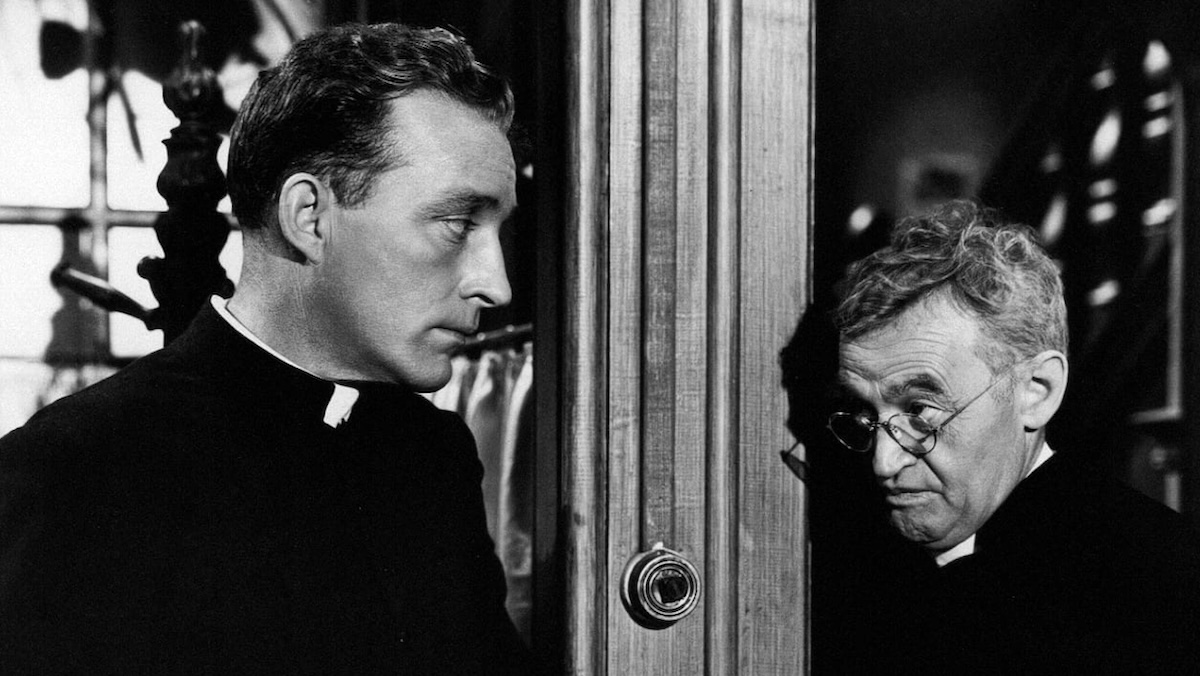
Firstly, it’s worth addressing one of the film’s more glaring issues: the utter veneration of the Catholic Church. Having been subjected to the institution’s lies, crimes, and scandals during my upbringing, the whole organisation has consequently become a raw nerve for me. As a result, I found myself particularly reluctant to identify with the primary objective of our protagonists: saving their church.
Of course, they need donations to do this. At certain points in the story, Father Fitzgibbon pleads with his parish to donate whatever money they can to help save the church from going bankrupt. “Give what you can and God will bless you for it,” Fitzgibbon preaches. This language raised my hackles, as it sounded remarkably similar to the continued sale of indulgences, just in a slightly less overt form.
People do give, generously too. But even then the ostensible altruism of the Catholic institution is revealed to be somewhat of a sham, with the priests taking money from the collection plate to buy some golf balls. While it’s true they only took $2 from the box to fund their outing, this was a significant sum 80 years ago: today, that would be the equivalent of $35. If I discovered that my spiritual advisor was taking my hard-earned cash to fund a round on the course, I’d feel rather betrayed, to say the least.
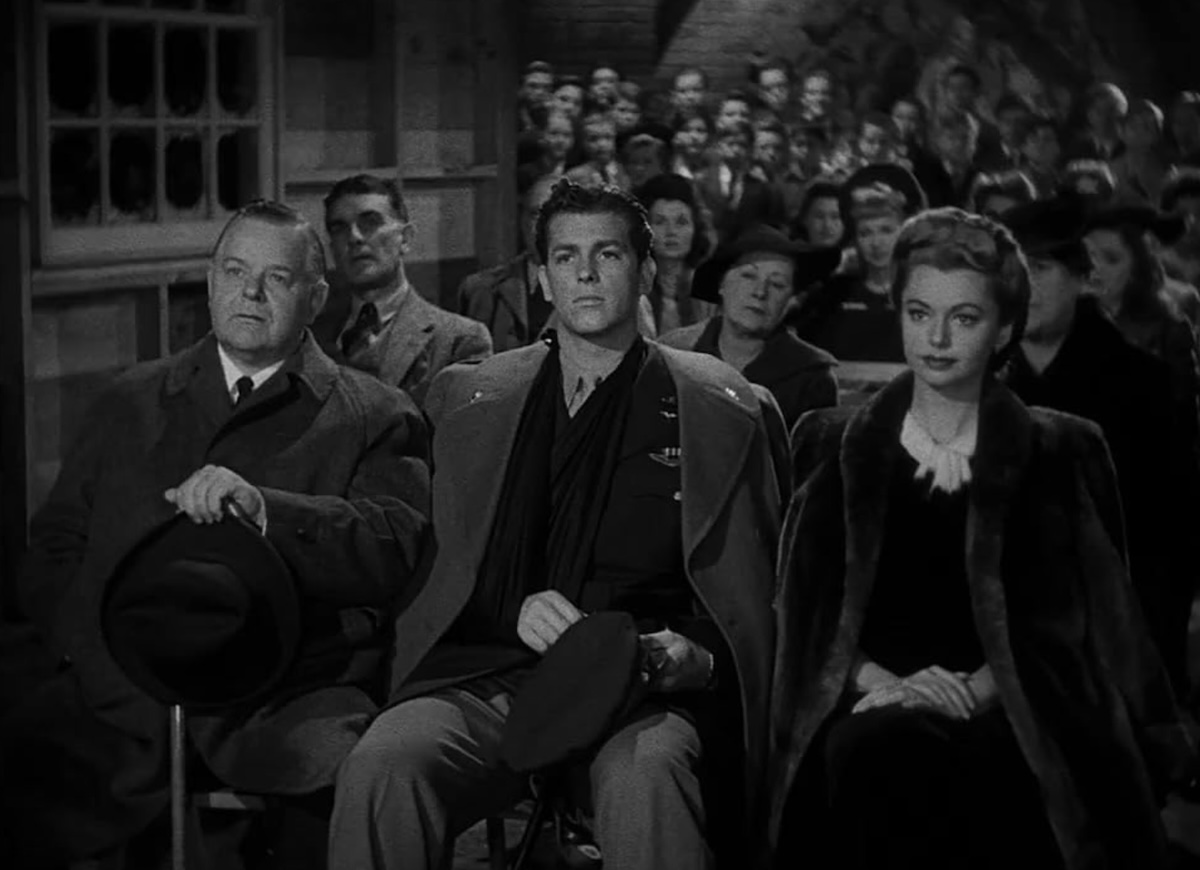
Personally, I preferred John and Elwood Blues’ approach in The Blues Brothers (1980). They wanted to save the orphanage where they were raised, so they immediately decided to steal the money needed to pay the mortgage, ditching all the pretence of being sermonising priests. The Blues Brothers knew what they were, at least…
This conflict is rather unsubtly presented from the outset of the story: the bank versus the Church, finance versus faith. This is laid on a bit thick in certain places, which feels a little tone-deaf considering that the Catholic Church is one of the wealthiest institutions in the world.
This is something Frank Capra, a devout Catholic much like McCarey, improved upon in his vision of America for It’s a Wonderful Life (1946). The cold, unfeeling march of capitalism encroaches on human ideals, but the story never becomes solely about religious institutions. This might explain why Capra’s film remains an enduring classic, whereas McCarey’s overtly religious and slightly sanctimonious tale may alienate more modern audiences. The conflation of virtue and Catholicism is likely a tough pill to swallow for some, myself included.
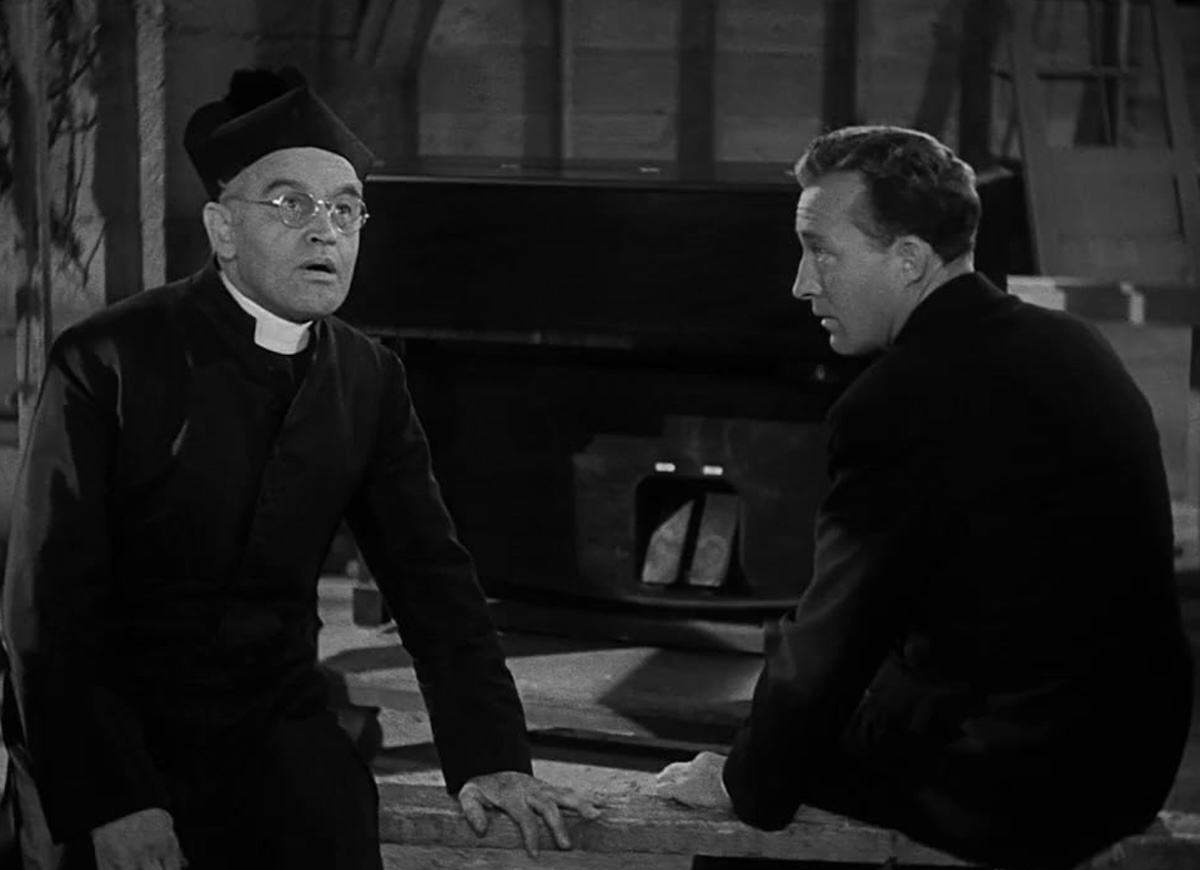
Having exorcised, at least to some degree, the lingering resentment I hold towards the Catholic Church, I can now tell you about the enjoyable aspects of this film. It’s a genuinely heartwarming story that celebrates integrity, compassion, and faith. For this reason, it might be best to overlook the subject matter and focus on the human element within the film.
Both O’Malley and Fitzgibbons are caring people, with the latter being a particularly sympathetic character. This shows skilfully that even a flawed system doesn’t necessarily mean everyone within it is tainted. Both priests are immensely generous—with their time and emotions, at least—and remind me of many a priest I knew growing up. Of course, none of them could sing quite as well as Crosby, but then who could?
The story also makes a compelling case for the importance of faith, demonstrating how it is an inextricable element of our humanity. We all have a need for belief in something; it doesn’t necessarily have to be Catholicism, but we need hope to survive. Whatever form this faith takes, Going My Way showcases how it is something to be cherished dearly, lest we fall into utter despair.
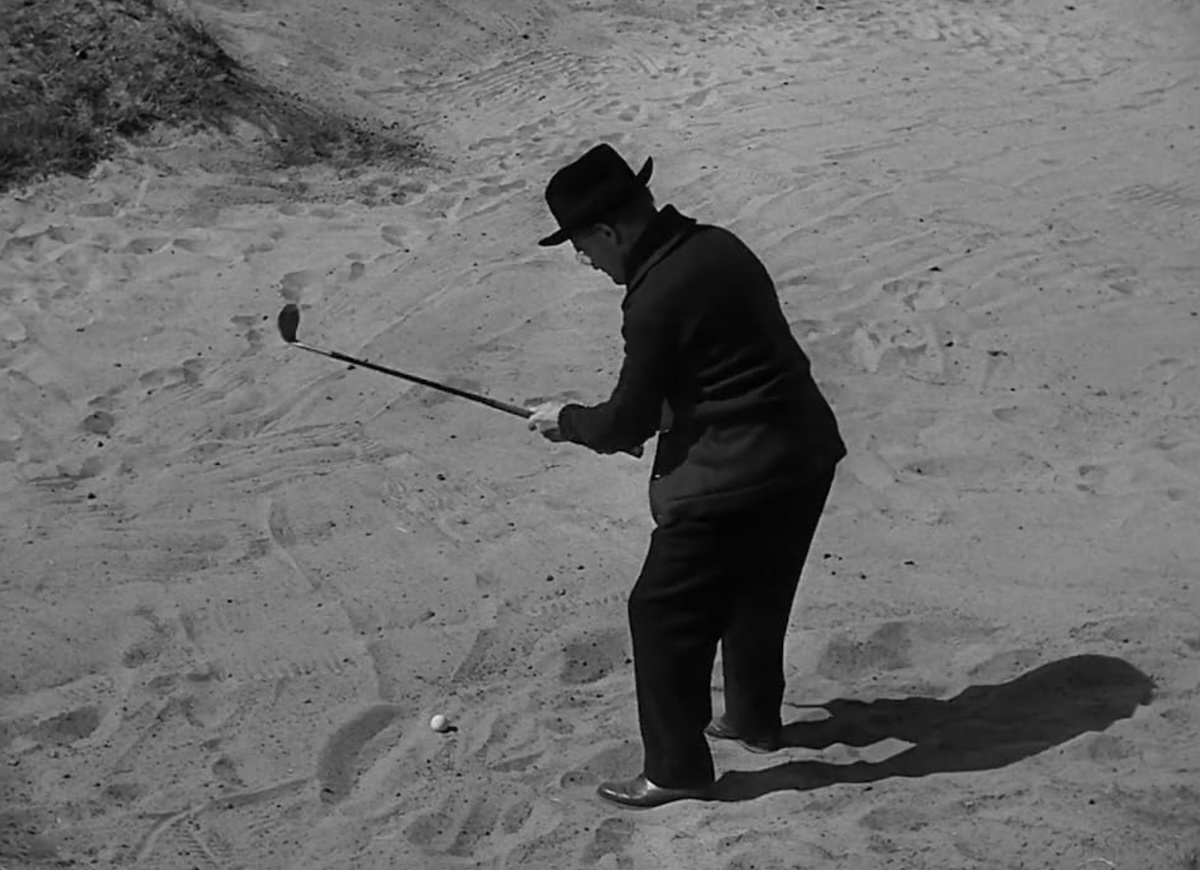
This is compounded by the performances of everyone on screen. The two central performances, both of which went on to win Oscars, undeniably lie at the heart of the story. Bing Crosby is as charming as ever, and croons his way to becoming the biggest box office draw of the year. This was an accolade he would retain for much of the 1940s.
However, I would argue that it’s not Crosby’s film. Despite winning ‘Best Actor’, Barry Fitzgerald steals the show. Interestingly, Fitzgerald was nominated in both the ‘Best Actor’ and ‘Best Supporting Actor’ categories, the only time this has ever happened. This is likely because Fitzgibbons is truly the film’s main character, despite having less screen time.
This all depends on how you define what constitutes a main character. While we often consider the protagonist to undergo significant change, this isn’t the case for Father O’Malley. He’s a static character, someone who enters the diegetic world fully formed and remains consistent throughout the film. In what’s termed a flat arc, the static character isn’t influenced by the world around them, but rather has an impact on their environment.
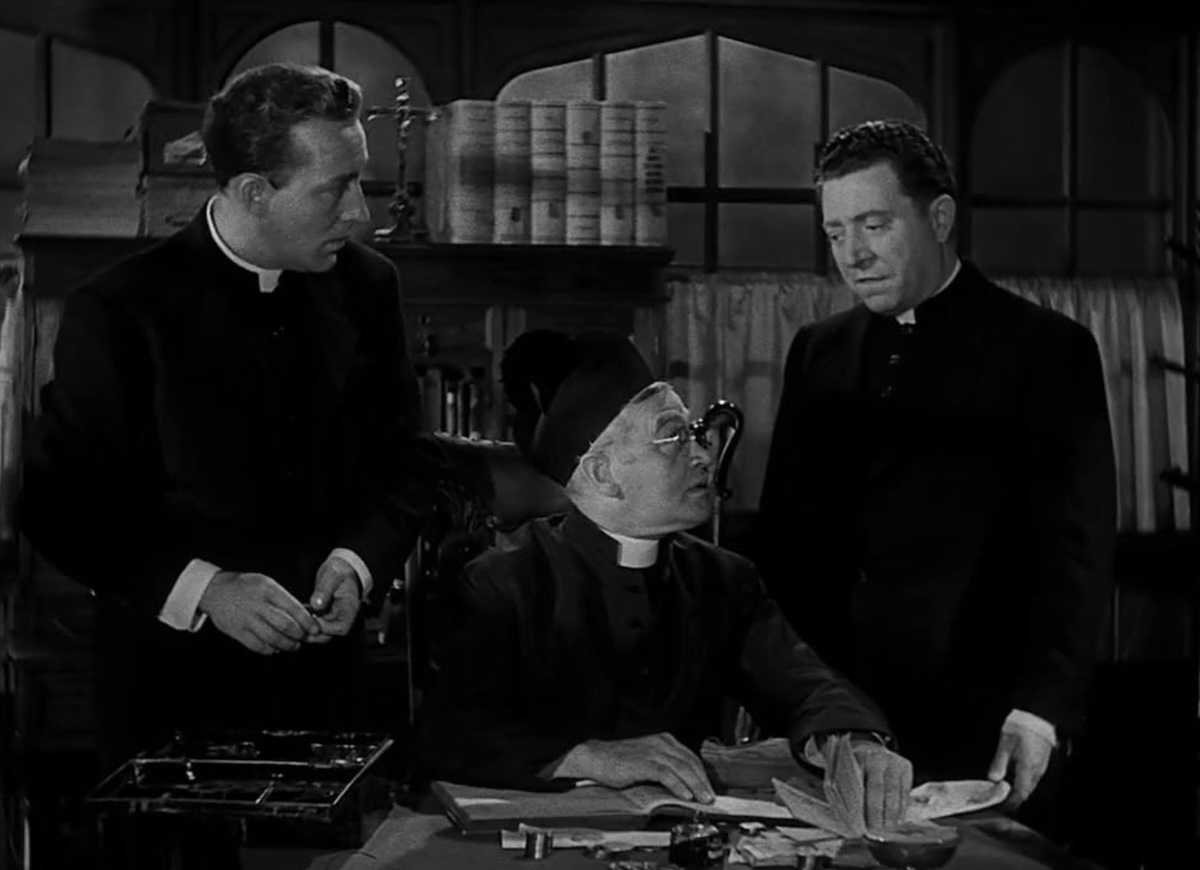
This stands in direct contrast to a dynamic character, who experiences growth and alteration (either positive or negative) as a result of their encounter with the world. Father Fitzgibbons is such a protagonist. He goes from being a curmudgeonly old priest, a man who has become rather bitter with despair, to a hopeful individual who believes in the possibility of second chances.
It is in Fitzgibbon’s personal development, along with his relationship with Father O’Malley, that we find the story’s real emotion. Revealing how much he’d love to see his mother again over a drink of whisky is quietly affecting; this is a man who has given everything to his parish, a man whose own charitable nature has left him bereft of hope. He can never fund his return to Ireland because he believes there’s always someone who needs the money more.
Yes, while the ending was a touch sentimental, I doubt it will leave many a dry eye in the house—there certainly weren’t any in my living room. That’s because it’s a genuine, heartfelt portrayal of faith being rekindled in someone’s life, a story about refusing to let hope be extinguished. “That’ll keep the pilot light burning,” says Father O’Malley, warmly. Such positive influences do exist in the world, and whatever form they take, they have the power to instil optimism in you. If nothing else, Going My Way is an exceptionally reassuring tale of humanity’s capacity for good, making it well worth your viewing.
USA | 1944 | 126 MINUTES | 1.37:1 | BLACK & WHITE | ENGLISH

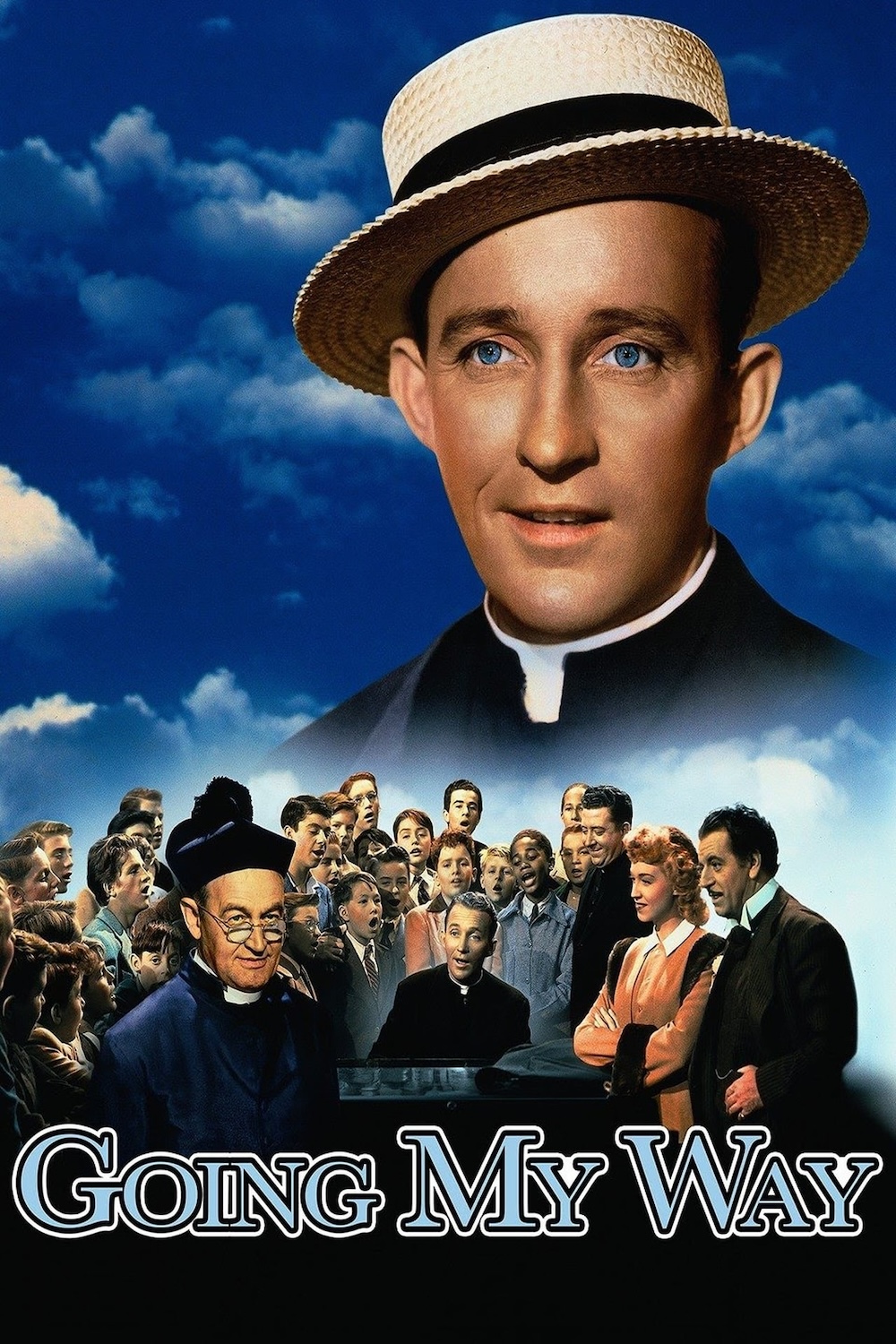
director: Leo McCarey.
writers: Frank Butler & Frank Cavett (story by Leo McCarey).
starring: Bing Crosby, Barry Fitzgerald, Frank McHugh, James Brown, Gene Lockhart, Jean Heather & Stanley Clements.
